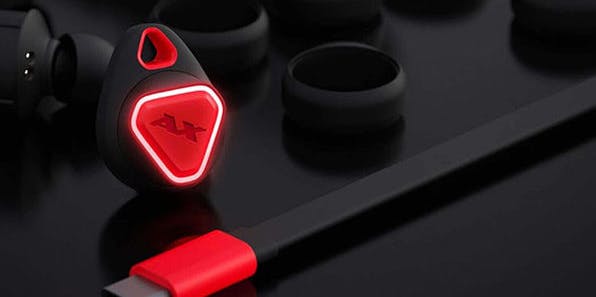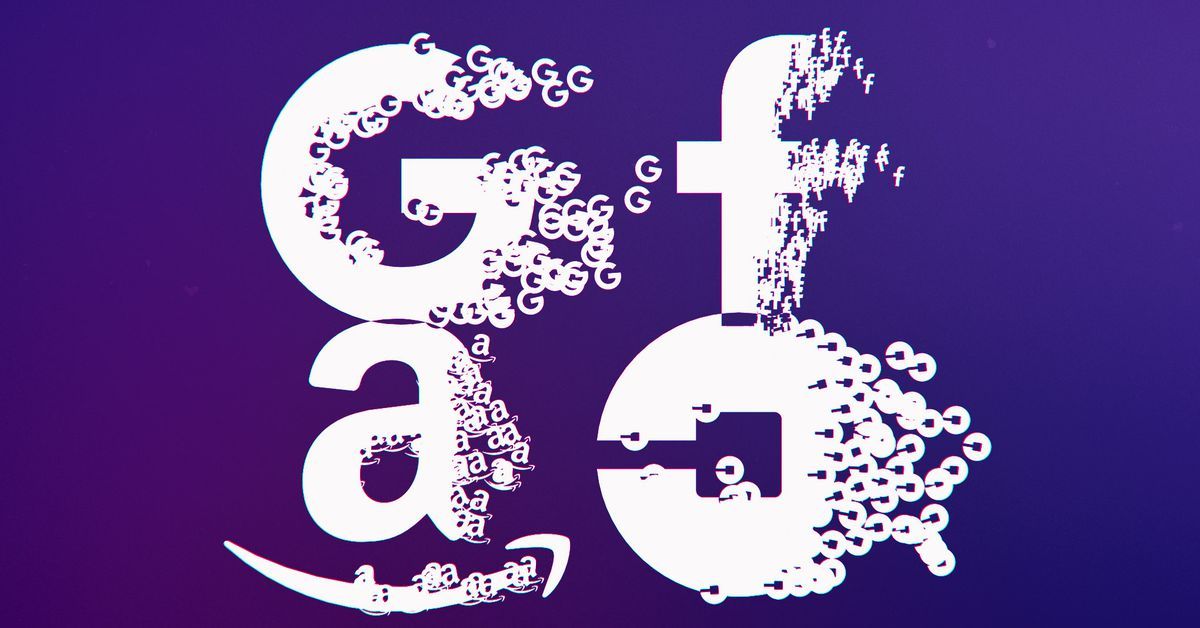In addition, they sound way better. Inside the completely wireless earbuds, there’s an 8mm custom dynamic driver that blows other headphones’ sound quality out of the water, and as for battery life, you’ll get three hours of it from these buds on a single charge, and the sleek carrying case holds an extra six charges on top of that.
The Axum Gear True Wireless Earbuds usually retail for $299.99. Great headphones don’t come cheap. For a limited time, though, we’ve found them on sale for an insane $149.99. That’s right: they’re exactly the same price as the AirPods right now. It’s clear who the winner is.
Inverse may receive a portion of sales from the post above, which was created independently from Inverse’s editorial and advertising team.








